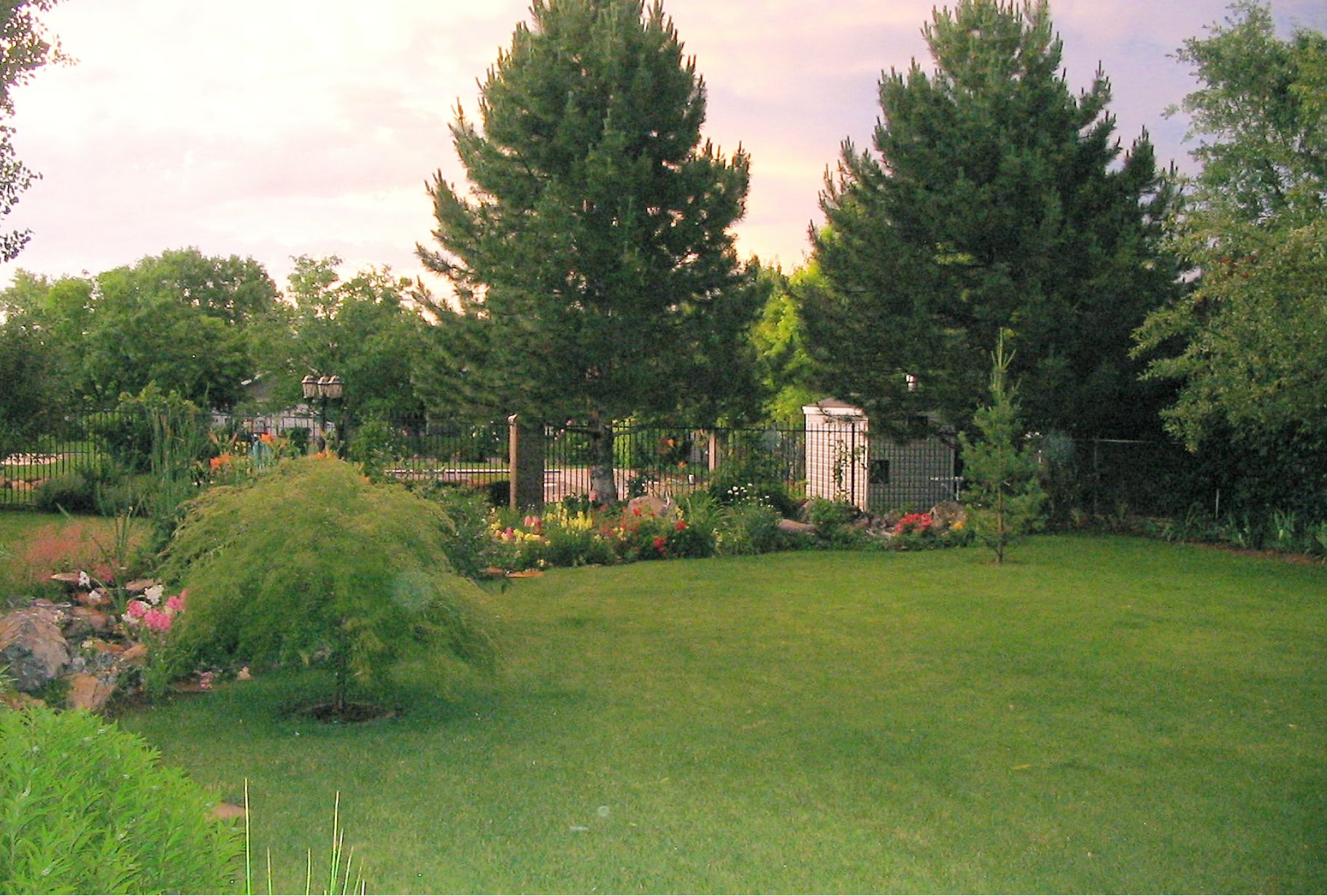New science being reported and published sounds like eco-sci-fi. A recent report from researchers at the University of Bristol, UK, states that scientists have discovered that flowers communicate to bees specific information: “When a bee enters the plant’s electric field, a small electric charge develops that can transmit information. The hairs on the bumblebee may help it receive these signals”
The flowers communicate how much pollen they have, if another bee has visited them recently, and what type of flower they are. This communication effectively aids bees in the work they do. It is said that the flower ‘knows’ that a bee won’t visit them if they don’t provide accrate information about their nectar or pollen. They use positive reinforcement through electromagnetic signals to help them draw the bee in, as well as their bright colors, exotic petals and heady perfumes. They always tell the truth about what they have to offer.
Plants are generally negatively charged since they are grounded while bees develop positive charges which can build up to 200-volts as they fly through the air. Flowers emit patterns of electrical signals that can communicate information to the bumblebees. These electrical signals can work in concert with the flower’s other cues to imbed its memory with the pollinating insect. When a bee lands on a flower, this electric charge helps the bee and flower ‘talk’ or exchange informaton.
Researchers placed electrodes in the stems of petunias. They found that the potential energy in the field of the petunia changed for several minutes after being visited by a bee. The assumption, yet unproven, is that the petunia sends a signal about its diminished nectar supplies. “The last thing a flower wants to attract is a bee and then fail to provide nectar: since bees are good learners and would soon lose interest in such an unrewarding flower.”
Plants and bees have had a co-dependent relationship for eons. It is not surprising that intricate mechanisms exist to ensure their mutual benefit. The more we learn, the more we see the divine hand of God in the creation of this amazingly wonderous Earth.
For now, Earlynn’s just sayin’: “We live in such a beautiful world. God’s hand is seen everywhere. Below is a picture of my gardens. I feel God’s presence there.”



Howdy! Do you use Twitter? I’d like to follow you
if that would be okay. I’m definitely enjoying your blog and
look forward to new updates.